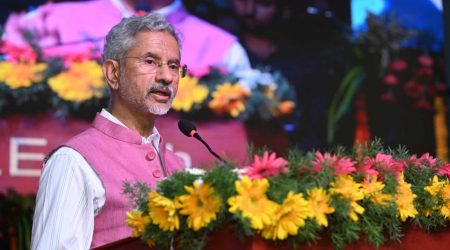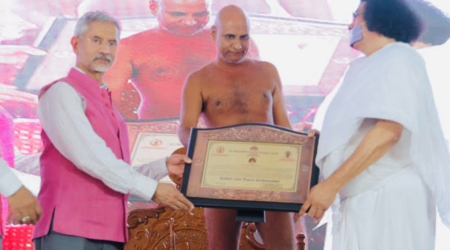New Delhi: Just a few years ago, someone who wanted to install a rooftop solar connection in India faced getting multiple approvals, finding a reliable company to install the panels and spending heavily before seeing the first surge of clean energy.
But that’s changing. The incumbent government has streamlined the approvals process, made it easier for people to claim subsidies and pushed mountains of cash — including $9 billion announced this month — to encourage faster adoption of technology that’s seen as critical for India to reach its clean-energy goals.
“We had to get 45 signatures to set up a small rooftop solar connection in 2021,” said Shreya Mishra, CEO of Mumbai-based Solar Square, one of India’s largest rooftop solar companies. “Today it’s almost instantaneous.”
For this sun-soaked country, growth in rooftop solar can’t come soon enough. India last year became the world’s most populous nation, with 1.4 billion people and a hunger for energy that is rising fast.
Yet India, one of the world’s biggest emitters of planet-warming gases, is also highly vulnerable to climate change. Its people are affected by deadly floods, extreme rainfall, extreme heat, prolonged droughts and cyclones with increasing frequency. A study earlier this year found that nine out of India’s 28 states will be among the world’s hardest-hit regions due to climate change by midcentury.
India has grown its clean power rapidly in recent years and has the fourth-most installed renewable power, trailing only China, the U.S. and Brazil. It had 180 gigawatts as of December, enough to power about 18 million homes, with nearly half from solar.
But most of that solar power comes from numerous football-field-sized solar farms. Less than 15% comes from rooftop arrays, and India has so far managed to set up only 11 gigawatts of rooftop solar. That’s far less than the 40 gigawatts it hoped to have by 2022.











